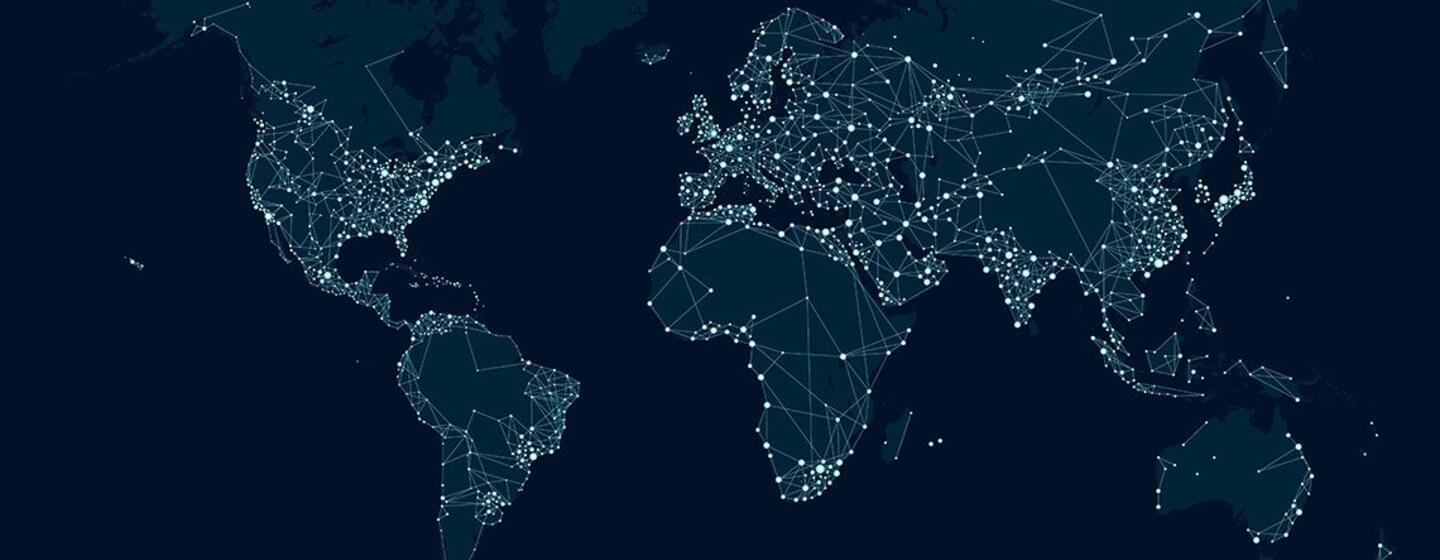Sibos panellists discuss key elements of the transition to the new industry standard.
The language of worldwide payments and reporting are in the process of change. As the community transitions from MT to ISO 20022 messaging and gets ready to take advantage of the benefits this will bring, intensive preparation is underway.
At Sibos 2019, a panel featuring representatives from the Bank of England (BoE), The Clearing House, the European Central Bank (ECB), BNY Mellon, and Federal Reserve Bank of New York, discussed how they see the transition to the new standard taking shape.
ISO 20022 adoption: the bigger picture
Starting in November 2021, the Swift community will be adopting ISO 20022 for correspondent banking, following closely in the footsteps of major market infrastructures.
“Our migration to ISO 20022 is not just a technical migration. It is embedded into a wider strategy” said Dimitri Pattyn, Head of Division, Market Infrastructure Development at the European Central Bank. “We decided to go straight to a fully-fledged migration without passing through various phases because we consider this is the approach that maximises user benefits. If you go for a like-for-like approach, it is difficult not to see it as a purely technical migration.”
John Jackson, Policy Lead for the Bank of England's RTGS Renewal programme, similarly noted that “Our work on ISO is part of a broader strategy to renew our RTGS service. That’s been ongoing for three years now and we’re probably about halfway there. We’re trying to do a lot of things to enable change and innovation in sterling payments.”
The purpose and true long-term benefit of introducing the standard is that we will be able to carry more data, and more structured data.
“We’re in the middle of defining our ISO strategy and have been doing a lot of consultation with the industry about it,” said Jackson. “The clearest message that’s come from that consultation is emphatic support for moving to ISO 20022 – a really strong feeling that we need to be as harmonised as possible. It’s important for our market participants that the flavour of ISO 20022 we choose is as closely aligned to the ECB, the Fed, Swift correspondent banking, and all the other market infrastructures in those currency zones as possible.”
Banks are also looking closely at the opportunities the move to ISO 20022 will enable when defining their strategies. As Isabel Schmidt, Head of Direct Clearing and Asset Account Services Products at BNY Mellon said, “The purpose and true long-term benefit of introducing the standard is that we will be able to carry more data, and more structured data.” This will bring a number of regulatory and compliance related benefits, and richer data will enable financial institutions to increase efficiency and develop new value-added services for clients.
Harmonising market infrastructure moves
ISO 20022 has already been adopted for payments in more than 70 countries, replacing MT or domestic proprietary formats. Over the next few years, as the Eurosystem (TARGET2), EBA (EURO1), Federal Reserve (Fedwire), The Clearing House (CHIPS), the Bank of England (CHAPS), the RTGS’s in Hong Kong (HKICL) and Singapore switch to ISO 20022, the standard will dominate high-value payments, enabling more than 80% of the volume and 87% of the high-value transactions worldwide.
Of these major payments market infrastructures, the first to move to full and rich ISO 20022 will be TARGET2 and EURO1. Both plan a ‘big-bang’ migration to the standard in November 2021. The CHAPS system will join in 2022 and the Fed and CHIPS tentatively in 2023. Representatives of the Federal Reserve confirmed they will be launching a consultation, similar to the Bank of England, to review their approach to ISO 20022 adoption.
A lot of great work has been done across market infrastructures. We have each agreed to embrace ISO 20022 as the standard for our funds-transfer systems.
Jim McDade, Senior Vice President, Product Management at The Clearing House (New York), noted that they are working closely with the Fed on their approach also: “Unlike the Fed, that has six thousand banks, we have 44 banks on CHIPS, so in terms of the implementation schedule – when banks will cut over to fully-enhanced ISO 20022 – we have to work very closely with Frank [Van Driessche from the Fed] and his team to make sure that all our banks are ready to go either at the beginning or at some point in time during the Fed migration – so as not to cause double work for the banks.”
Frank Van Driessche, from the Wholesale Product Office of the Federal Reserve Bank of New York agreed, saying “A lot of great work has been done across market infrastructures. We have each agreed to embrace ISO 20022 as the standard for our funds-transfer systems. In search of greater alignment between message implementations to facilitate end-to-end straight-through processing, each market infrastructure then also agreed to roll out the standard in a common way – based on the HVPS+ guidelines. And now that the correspondent banking space is migrating to ISO 20022, we are aligning implementation guidelines and discussing the synchronisation of timelines to the benefit of our respective customers as we further improve global interoperability.”


